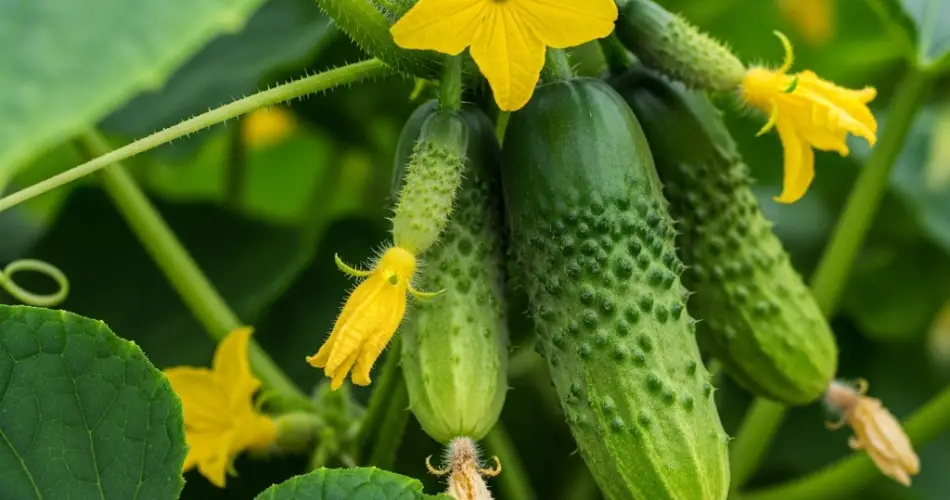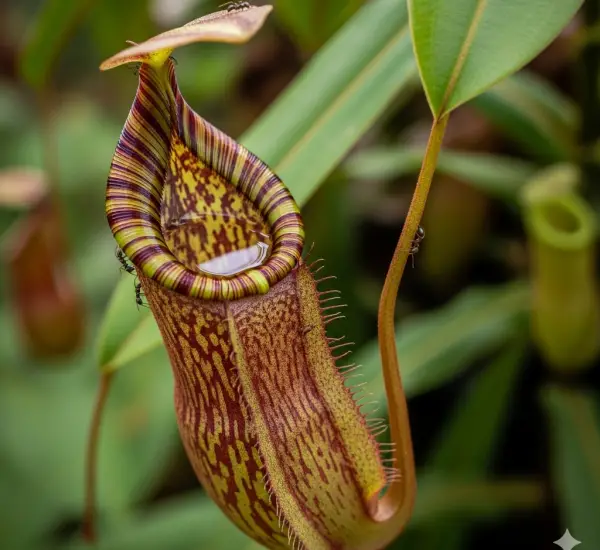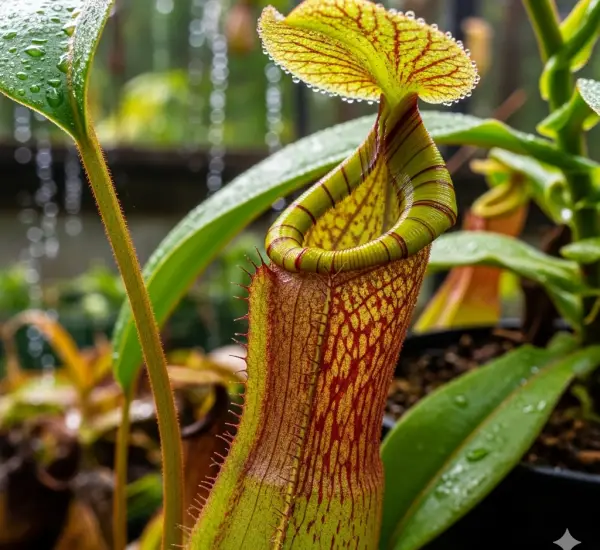For generations, gardeners have passed down secret formulas to get the best out of their vegetable patches. One time-tested trick, used consistently for over 50 years, involves a simple, homemade fertilizer that can dramatically boost cucumber production. If you’ve struggled with small harvests, yellowing leaves, or underwhelming fruits, this nutrient-rich mixture might be just what your garden needs.
This formula is not only affordable and easy to make, but it also uses natural ingredients that you probably already have in your kitchen or garden shed. It enriches the soil, supports vigorous vine growth, and encourages plants to bear more fruit throughout the season. Let’s explore what this blend contains and how to use it for lush, productive cucumber plants.
Why Cucumbers Need the Right Nutrition
Cucumbers are fast-growing and thirsty plants. Their high water and nutrient requirements mean they can quickly exhaust the soil they grow in, especially in containers or raised beds. Without proper nutrition, cucumbers may become bitter, stunted, or susceptible to diseases like powdery mildew.
A good fertilizer needs to offer a balanced combination of nitrogen (for leafy growth), phosphorus (for flower and fruit development), and potassium (for overall plant health and disease resistance). The secret formula shared below offers all three — and then some.
The 50-Year-Old Fertilizer Recipe
Ingredients:
-
1 liter of water (preferably room temperature)
-
1 tablespoon of baking yeast
-
1 tablespoon of sugar
-
1 slice of dried or fresh bread
-
Optional: a handful of compost or aged manure
Instructions:
-
Activate the yeast: In a bowl or jar, dissolve the yeast and sugar in the liter of water. Let it sit for about 20–30 minutes. The mixture should start to bubble slightly — a sign the yeast is active and ready to feed.
-
Add the bread: Drop the slice of bread into the mixture. The bread serves as an additional food source for the yeast and beneficial microbes, helping them multiply more rapidly.
-
Let it ferment: Cover the container with a loose lid or a cloth and let it sit in a warm place for 24 hours. During this time, the solution will ferment slightly and develop a mild, beer-like smell.
-
Strain and dilute: After 24 hours, strain the mixture and dilute it with another 2 liters of water. If you’re using compost or manure, mix it in at this stage for an added nutrient boost.
-
Apply to plants: Pour about 250–500 ml of this fertilizer around the base of each cucumber plant, ideally once every 10–14 days during the growing season.
Why This Works So Well
This homemade fertilizer works on multiple levels:
-
Yeast contains natural enzymes and growth stimulants. When it breaks down, it releases small amounts of nitrogen and encourages beneficial microbial activity in the soil.
-
Sugar feeds soil microbes and helps jumpstart fermentation. Healthy soil microbes improve nutrient uptake and suppress harmful pathogens.
-
Bread acts as a food substrate for yeast and microbes, supporting sustained biological activity in the soil.
-
Compost or manure (optional but highly recommended) enriches the mix with essential macro- and micronutrients, organic matter, and additional beneficial organisms.
Together, these ingredients create a living tonic that boosts plant health from the roots up. Gardeners who have used this for decades report significantly bigger yields, stronger vines, and better-tasting cucumbers.
Additional Cucumber Care Tips
To get the most from this fertilizer, combine it with good gardening practices:
-
Water consistently: Cucumbers need regular moisture to avoid bitter fruit. Deep watering two to three times a week is ideal.
-
Mulch your beds: A layer of straw or compost helps retain moisture and suppress weeds.
-
Train the vines: Use a trellis or support to keep plants off the ground, which improves air circulation and reduces disease risk.
-
Harvest regularly: Picking cucumbers every few days encourages the plant to keep producing.
A Natural Tradition Worth Keeping
In a world full of synthetic fertilizers and complicated feeding schedules, it’s refreshing to discover that sometimes, the best solutions are the simplest. This 50-year-old cucumber feeding trick is a testament to the power of traditional gardening wisdom — proving that with a few common ingredients and a little patience, you can transform your harvest.
Try it this season, and watch your cucumber patch come alive with growth and fruit. Your garden — and your taste buds — will thank you.




